Project
Studies on ichthyoplankton (fish eggs and larvae)
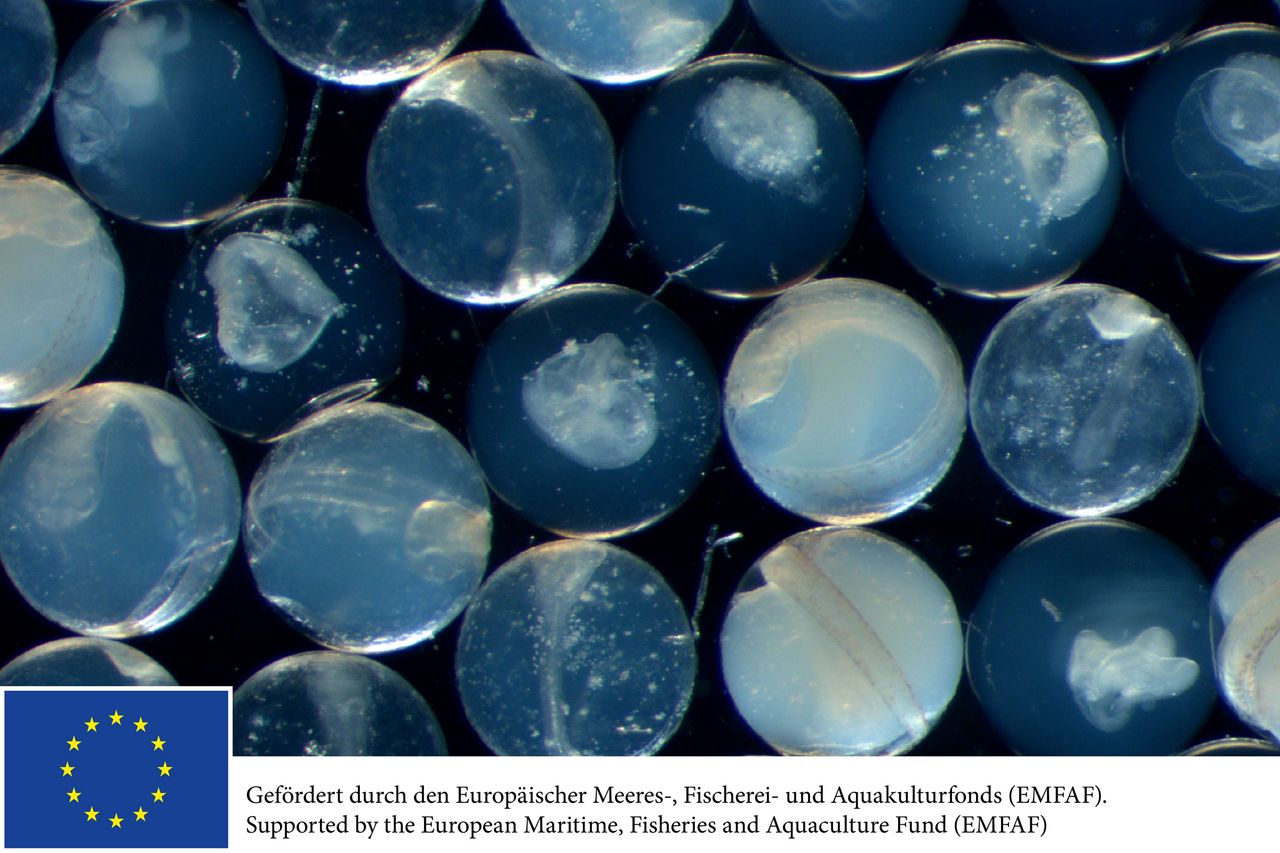
Studies on fish eggs and larvae
What additional insights can we gain from our exploratory surveys? We are addressing this question in the context of fish eggs and larvae.
Background and Objective
Almost all marine research expeditions, known as surveys, focus on specific target species and are adapted in time and space according to the objective. Our research vessel operations are complex and expensive. We therefore have a strong interest in gathering as much data and knowledge as possible during the cruise.
For example, the target species of the International Herring Larval Survey (IHLS) are newly hatched herring larvae. However, other species are also caught, some of which are poorly understood in their early life stages. Many of these species are not commercially important and are therefore rarely studied scientifically. However, we also determine the species composition of this associated fauna, produce distribution maps and so on, and thus increase the benefit of the survey time spent.
Target Group
Scientific purposes /basic scientific research
Approach
In addition to the target species, other fish larvae and eggs are sorted out during the processing of survey catches. These are identified and measured where possible. Species communities are recorded and species distribution maps are regularly updated.
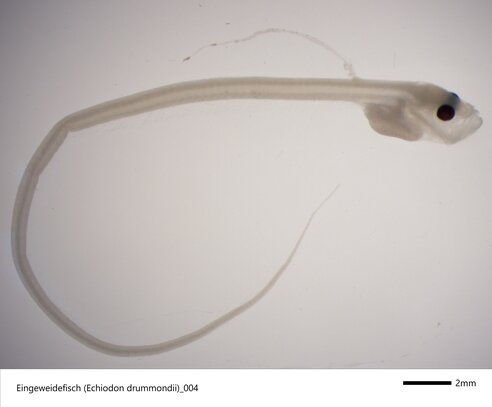
Our Research Questions
- What can we learn about species that have been little studied?
- How can we maximise the benefits of surveys?
Preliminary Results
While for some species, even after years, we only have isolated specimens, for others we can produce very detailed distribution maps. These can, for example, provide information on important nursery areas for these species.
In winter, for example, in addition to the herring larvae that are the focus of the survey, plaice eggs are regularly caught, sorted by stage and counted in the English Channel. The results are made available to our Dutch colleagues who analyse the year classes of plaice larvae.
For many fish species, in addition to collecting samples, we have also produced photo series of the different developmental stages of the larvae. This material is mainly used at the Institute of Sea Fisheries for larval identification and is constantly being added to. It is also used for external training courses and public relations.
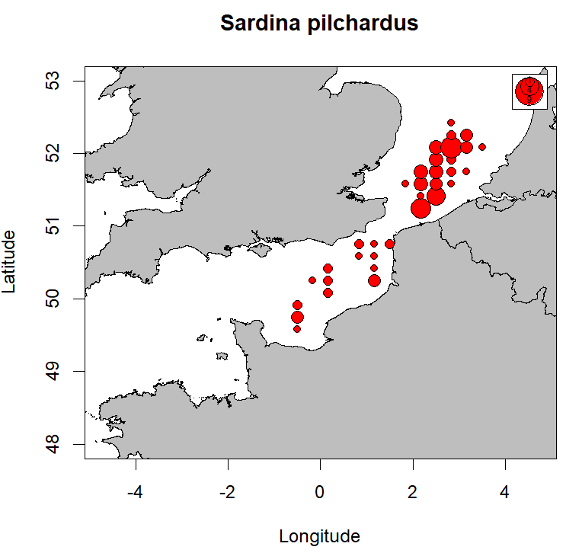
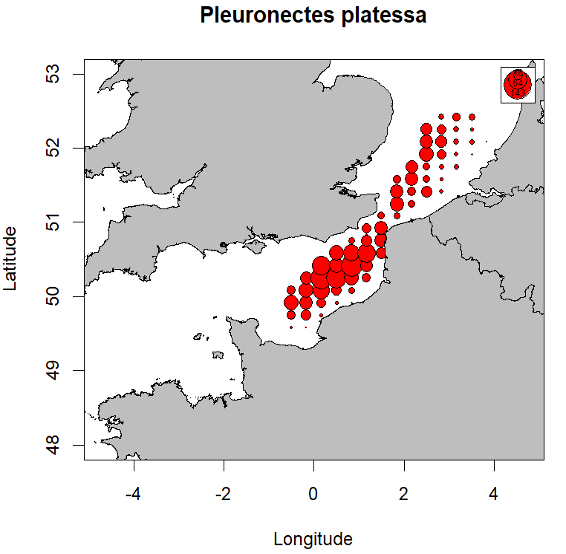
Links and Downloads
- Our research survey website: Herring larvae in the North Sea (IHLS)
Thünen-Contact
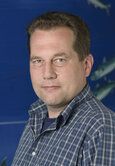
Funding Body
-
EU - European Maritime and Fisheries Fund (EMFF)
(international, öffentlich) -
European Union (EU)
(international, öffentlich)
Duration
1.2009 - 12.2027
More Information
Project status:
ongoing
Publikationen
- 0
Costas G, O'Hea B, Alvarez P, Blom E, Burns F, dos Santos Schmidt T, Farrell E, Garabana D, Holah H, Huwer B, Eliasen SK, Korta M, Angelico MM, Nash R, Nunes C, Núñez-Riboni I, Politis SN, Riveiro I, Thorsen A, Ulleweit J, et al (2023) Working Group on Mackerel and Horse Mackerel Egg Surveys (WGMEGS). Copenhagen: ICES, 118 p, ICES Sci Rep 5(81), DOI:10.17895/ices.pub.23790201
- 1
Costas G, Kloppmann MHF, Alvarez P, Angelico MM, Burns F, dos Santos Schmidt T, Garabana D, Korta M, Nunes C, O'Hea B, Riveiro I, Sampedro P, Solla A, Thorsen A, Ulleweit J, Damme CJG van (2021) ICES Working Group on Mackerel and Horse Mackerel Egg Surveys (WGMEGS: outputs from 2020 meeting). Copenhagen: ICES, 88 p, ICES Sci Rep 3(11), DOI:10.17895/ices.pub.7899
- 2
Costas G, O'Hea B, Alvarez P, Angelico MM, Burns F, dos Santos Schmidt T, Huwer B, Garabana D, Kloppmann MHF, Korta M, Nash RDM, Nunes C, Núñez-Riboni I, Riveiro I, Sampedro P, Solla A, Thorsen A, Ulleweit J, Damme CJG van (2021) Working Group on Mackerel and Horse Mackerel Egg Surveys (WGMEGS). Copenhagen: ICES, 40 p, ICES Sci Rep 3(82), DOI:10.17895/ices.pub.8249
- 3
Burns F, Damme CJG van, Ulleweit J, Fonn M, Thorsen A, Franco C (2013) 2013 International mackerel and horse mackerel egg survey : preliminary results ; Working Document / Survey Report, ICES WGWIDE 2013. Copenhagen: ICES, 36 p
- 4
Tiedemann M, Kloppmann MHF, Ulleweit J, Gröger JP, Hagen W (2013) A spatial analysis of larval fish assemblages in the Celtic Sea off Great Britain (47° to 51° N): implications of bathymetry and ocean warming. Mar Biol Res 10(5):482-493, doi:10.1080/17451000.2013.819983
- 5
Ulleweit J, Burns F, Damme CJG van, Fonn M, Kloppmann MHF, Milligan SA, Thorsen A (2010) Survey report: 2010 International mackerel and horse mackerel egg survey : preliminary results. 36 p Working Doc ICES WGWIDE 2010/1
- 6
Kloppmann MHF, Ulleweit J, Damme CJG van (2008) Distribution of Snake Pipefish during the 2007 MEGS : working document presented at the Working Group for the Mackerel Egg Survey.
- 7
Kloppmann MHF, Ulleweit J (2007) Off-shelf distribution of pelagic snake pipefish, Entelurus aequoreus (Linnaeus, 1758), west of the British Isles. Mar Biol 151(1):271-275, DOI:10.1007/s00227-006-0480-4

![[Translate to English:] [Translate to English:]](/media/_processed_/7/1/csm_IMG_7977_large_1defaf5de1.jpg)

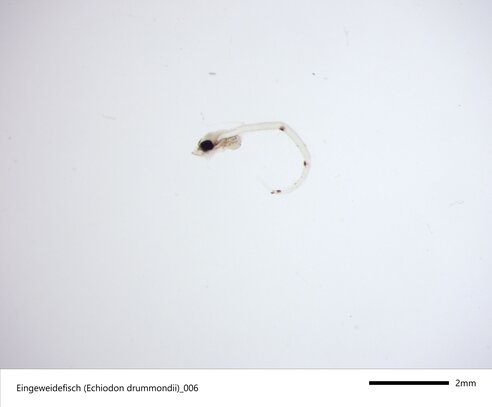
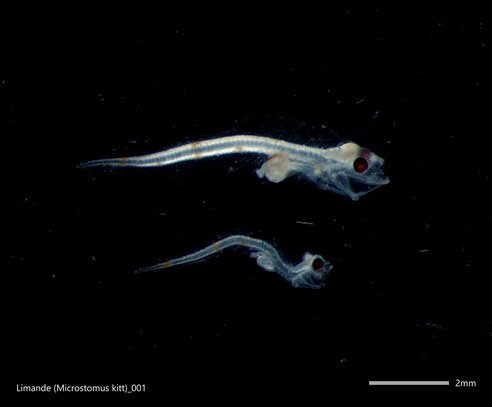
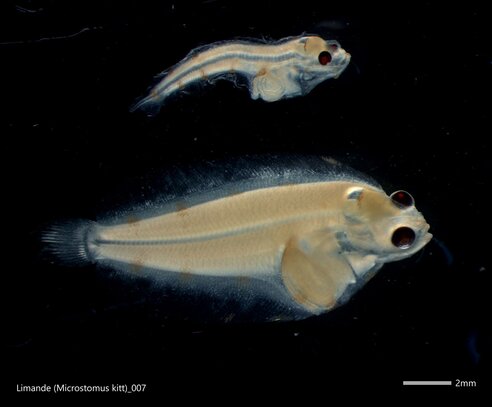
![[Translate to English:] Logo des Bundesministerium für Ernährung und Landwirtschaft](/media/allgemein/logos/BMEL_Logo.svg)